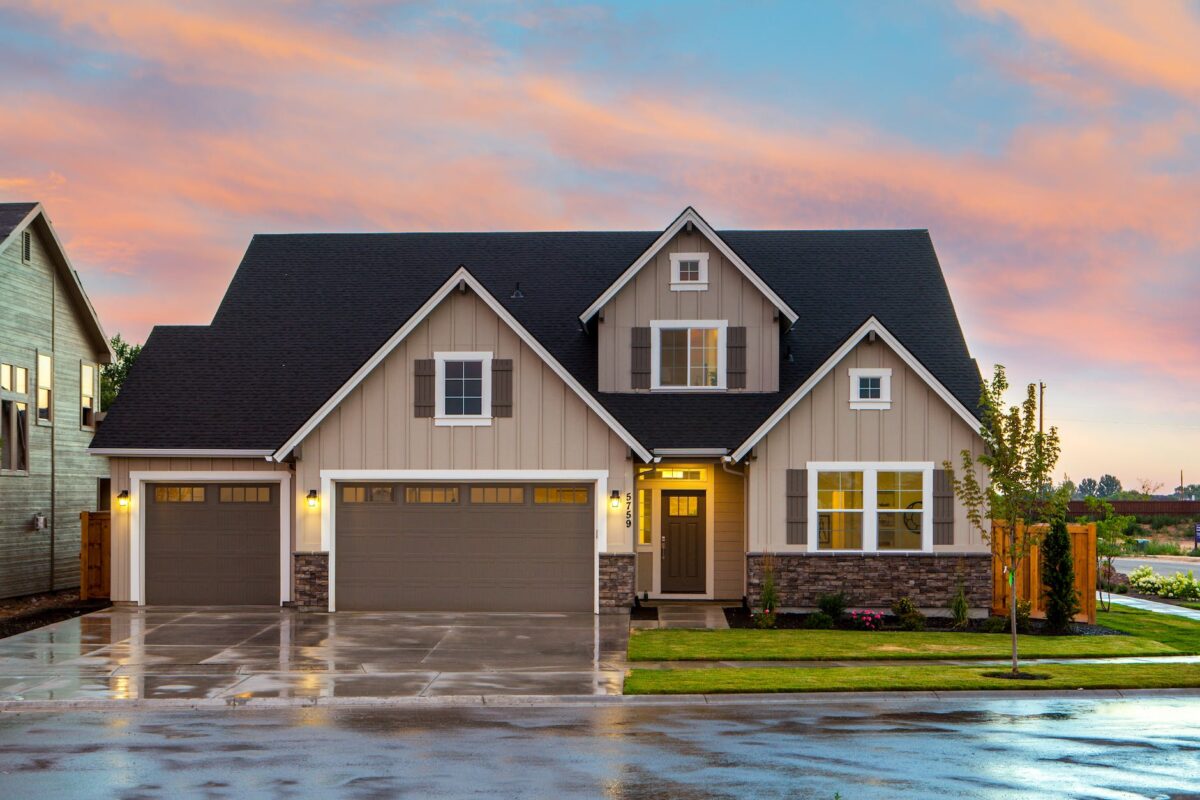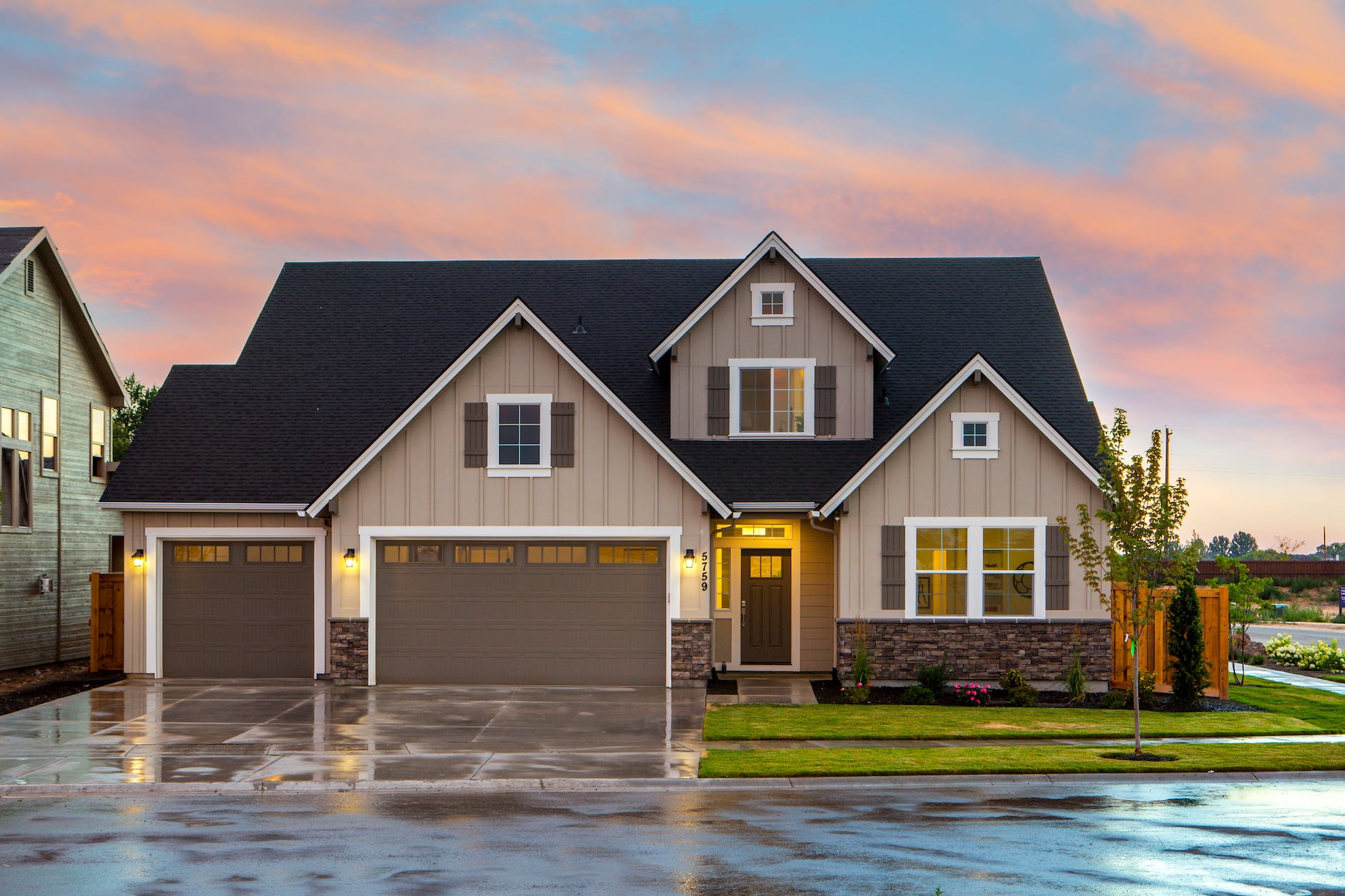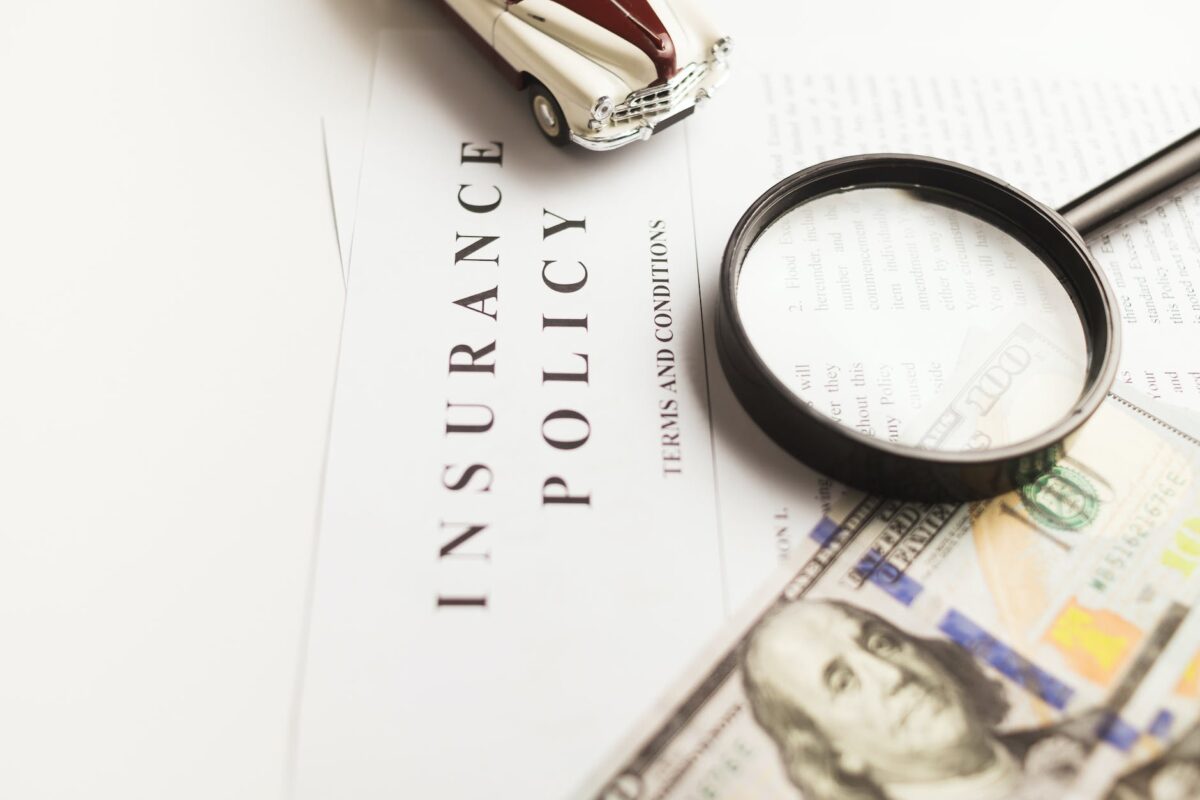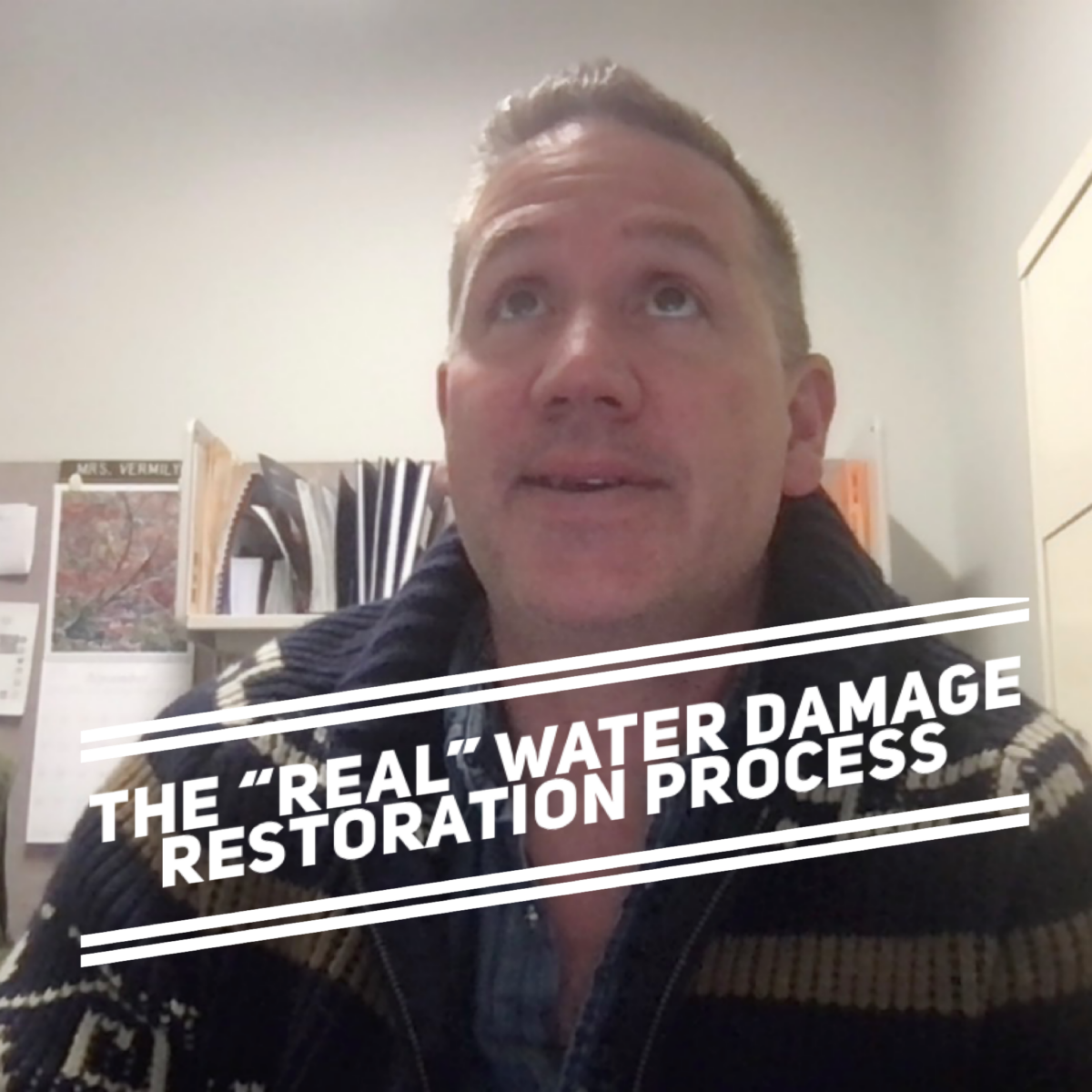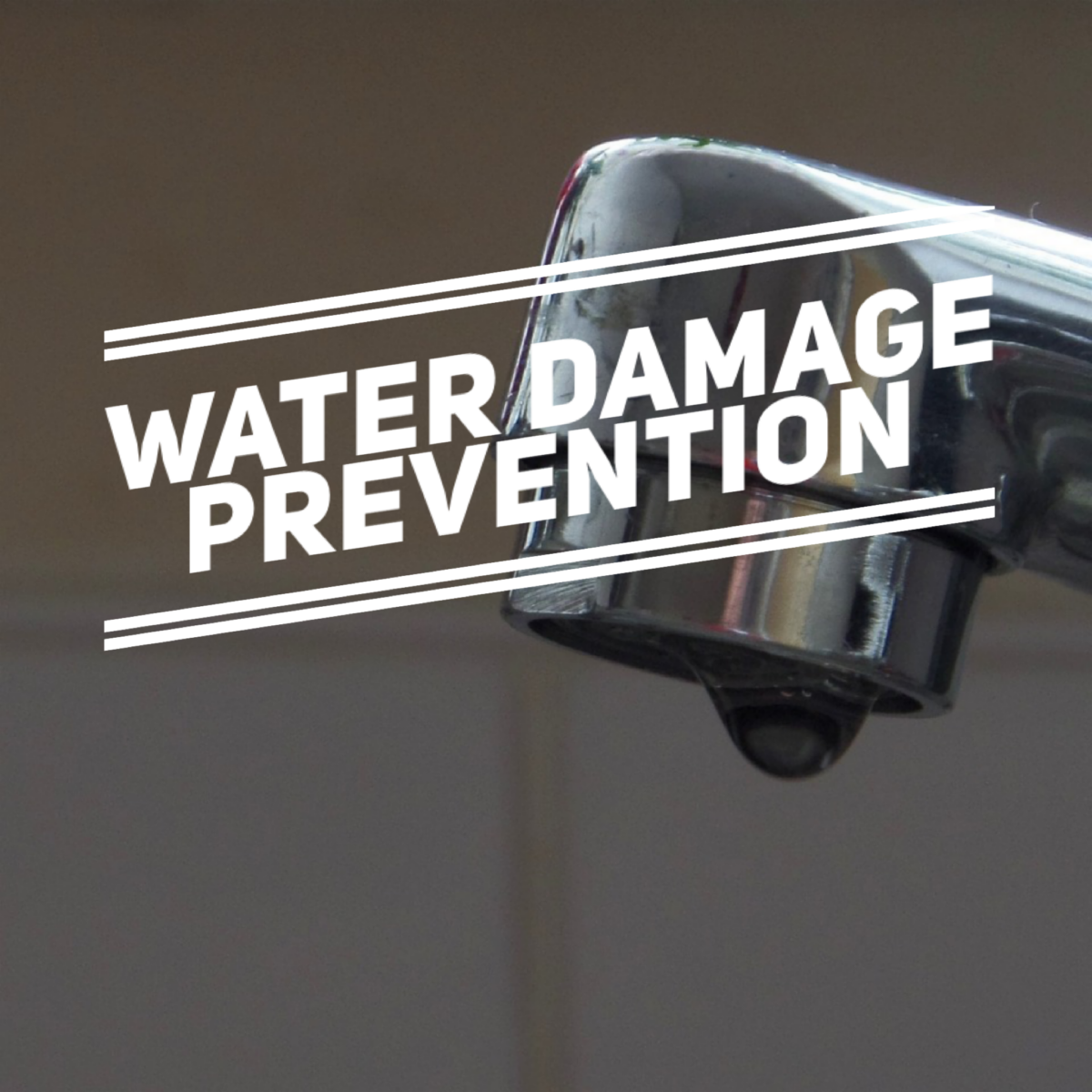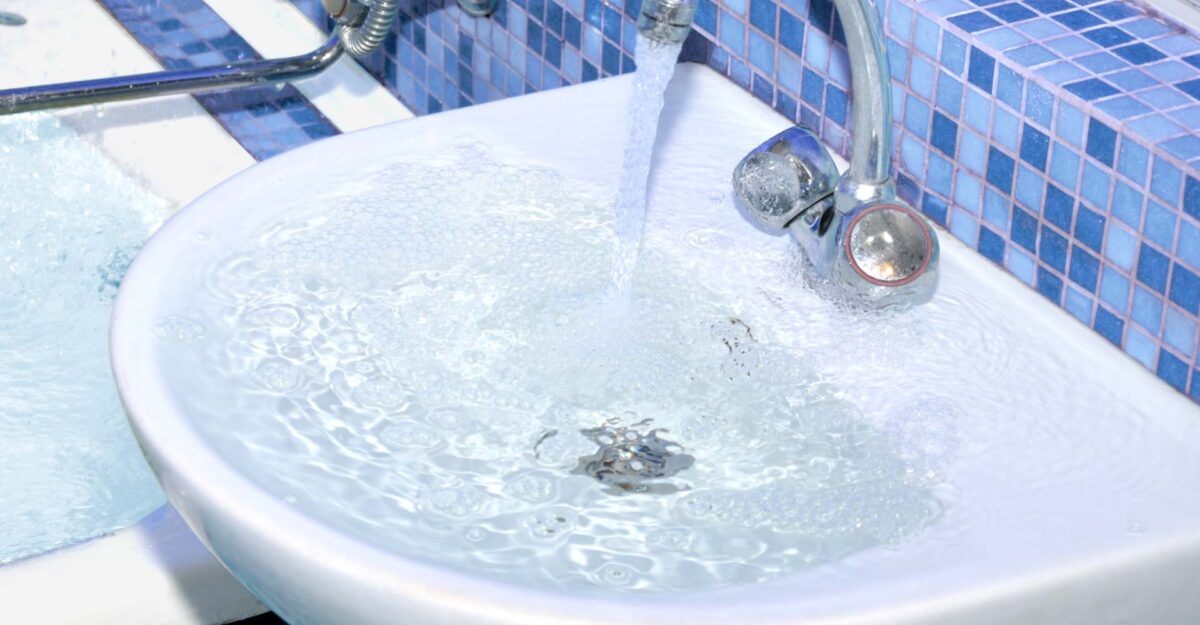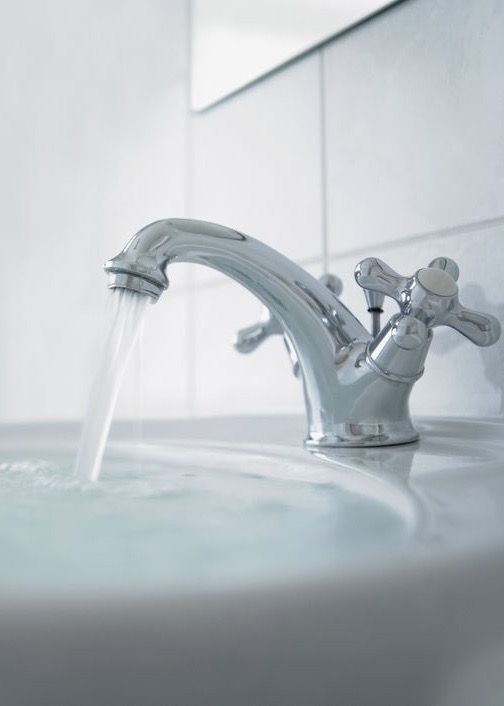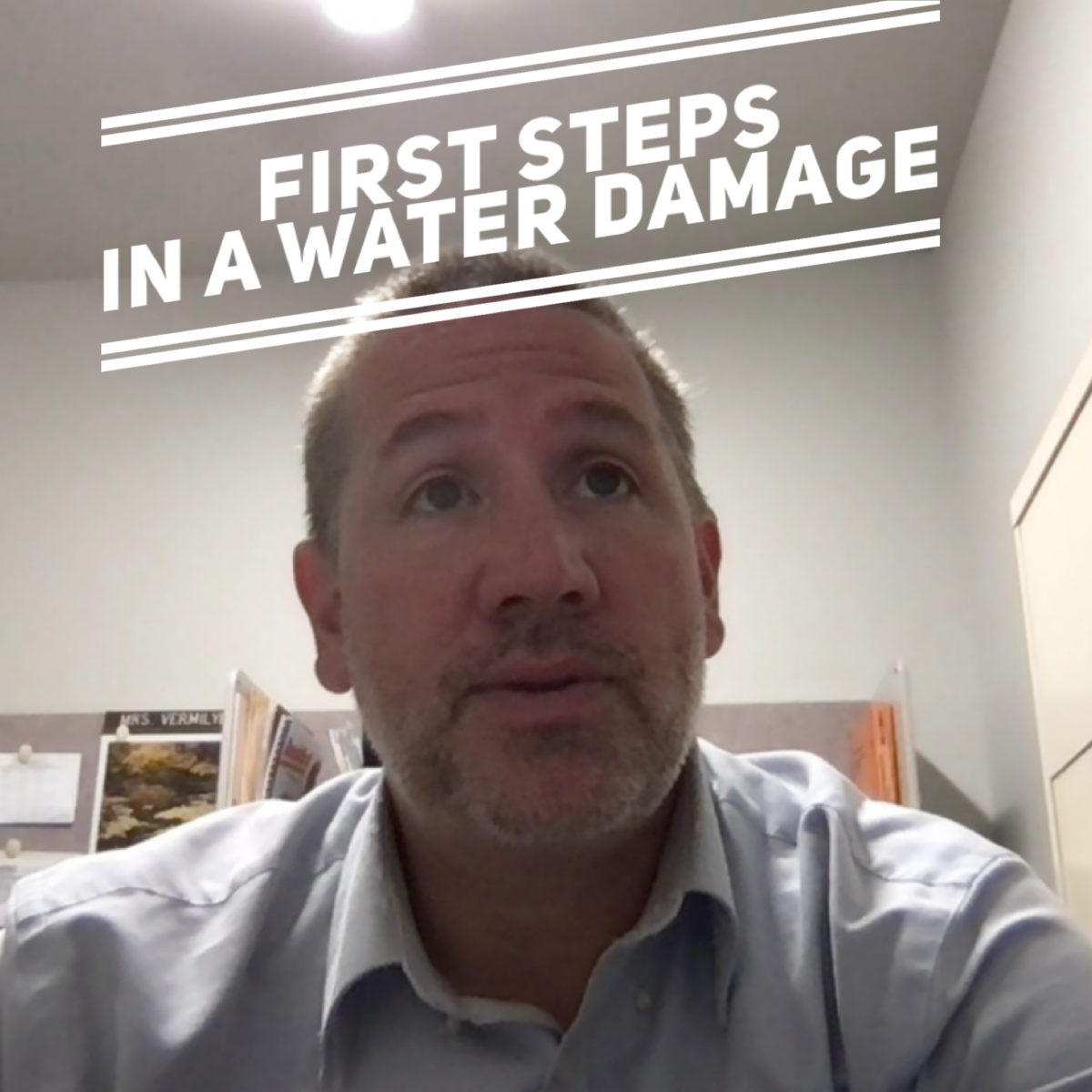Benchmark Restoration & Cleaning: Water Damage in Portland
Benchmark Restoration & Cleaning: Slaying Water Damage in Portland Like a Boss!
To begin,
Alright, Portland, buckle up because we’re about to dive into the world of water damage restoration, and we’re doing it the Adam V, way! When it comes to facing the unexpected, you need a team that not only crushes the competition but also tackles water damage like a pro. Enter Benchmark Restoration & Cleaning – the undisputed champs of water damage restoration near Portland, Oregon. Get ready for a wild ride as we break down how Benchmark is dominating the game!
Here are the 7 Reasons to use Benchmark Restoration in Cleaning for Water Damage in Portland.
- Unmatched Mindset: Crushing Challenges
Water Damage Restoration is all about mindset, and so is Benchmark Restoration & Cleaning. Water damage is no match for a team that thrives on challenges. The mindset here is simple: obstacles are opportunities, and every drop of water is a chance to showcase unparalleled expertise. When others panic, Benchmark strategizes.
- Where You At? Everywhere!
In a city as vibrant as Portland, being visible is non-negotiable. Benchmark understands the power of being omnipresent. Their local game? On fire! Instagram stories capturing the hustle, Facebook posts engaging with the community, and Twitter updates that are as fast as their emergency response team. Portland knows when water hits, Benchmark, above all, is the name flooding their feeds.
- Education: Empowering Customers with Knowledge
Benchmark doesn’t just fix leaks; they educate Portland on how to avoid them. Their information is a goldmine of information—videos, blogs, and infographics that make water damage prevention a walk in the park. Adam V. preaches value, and Benchmark delivers it with content that empowers and informs, turning customers into advocates.
- Reviews That Speak Louder Than Words
Adam V. understands the power of word-of-mouth, and so does Benchmark. The reviews for this team read like a best-seller. Five-star ratings on Yelp, Google, and more. When Portland has a water damage emergency, they don’t just call Benchmark; they call the squad with a reputation as solid as the walls they restore.
- Speed? Lightning Fast!
Speed is Benchmark’s secret weapon. When water strikes, the clock is ticking, and Benchmark’s 24/7 on-call team is always ready for action. They don’t just respond; they sprint. In the world of water damage, speed is salvation, and Benchmark is the superhero Portland deserves.
- Tech Savvy to the Core
Portland loves tech, and Benchmark loves staying ahead of the game. As a matter of fact, The latest drying tech, moisture detection wizardry, and communication systems that put NASA to shame. Because of this, Benchmark doesn’t just fix; they innovate. Technology isn’t a tool; it’s a weapon they use to dominate the restoration scene.
- Community Crusaders: More Than Just Restoration
Benchmark doesn’t just clean up water; they clean up communities. Sponsoring events, supporting local causes, and being the go-to team for not just water damage but community upliftment. They’re not just restoring walls; they’re restoring faith in local businesses.
Benchmark Restoration & Cleaning is the best of water damage restoration in Portland. They’re not just fixing leaks; they’re building a legacy. When water damage hits, and Portland needs a hero, Benchmark steps up. It’s not just restoration; it’s a revolution, and Benchmark is leading the charge. Portland, say goodbye to water damage worries; Benchmark has got this, and they’re crushing it!
Technicians Responding Now!
Contact us today and get help you need and deserve.
We’re responding to all restoration emergencies now. Including Water Damage, Fire Damage, Smoke Damage, and more. Call Now.
About the author

Hi there, I’m Adam.
I’m owner of Benchmark Restoration & Cleaning and working in Vancouver Washington. When I’m not restoring homes, I’m out exploring the National Parks with family.
Benchmark Restoration & Cleaning
11419 NE 126th St, Suite #116 Vancouver Washington 98662
Phone: 360-696-4140
Email: [email protected]

